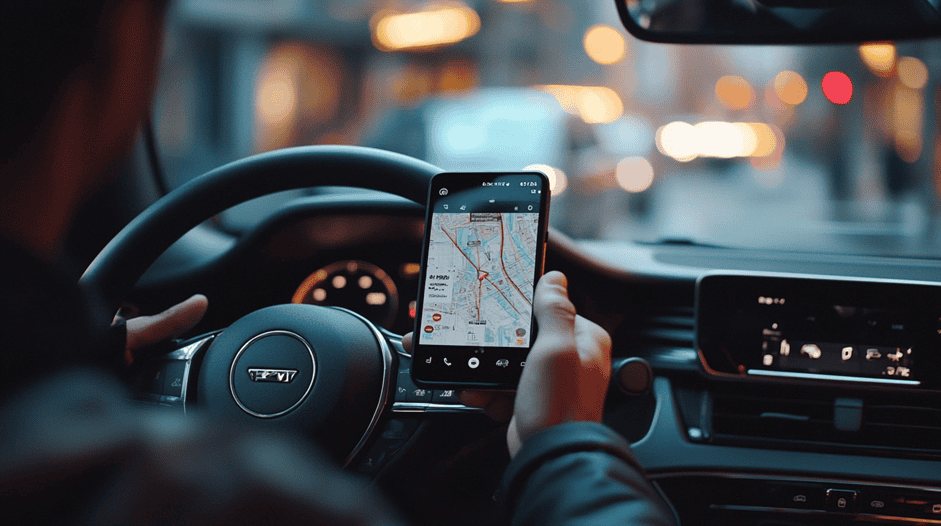8730 Wilshire Boulevard, California 90211
Get Help Now
8730 Wilshire Boulevard, California 90211
Get Help Now

The ride-hailing industry, led by companies like Uber and Lyft, has dramatically transformed urban mobility over the past decade, reshaping not only travel behavior but also public safety on the roads. According to the National Library of Medicine’s report, in 2024, with ride-hailing services contributing up to 20% of vehicle miles traveled in major metropolitan areas, the industry’s role in traffic patterns and crash statistics continues to grow. While these services have reduced alcohol-impaired driving incidents in some regions, they have also been linked to an increase in pedestrian accidents and congestion-related crashes. This duality raises critical questions about the net impact of ride-hailing on road safety, especially as the sector expands into semi-autonomous fleets and micro-mobility integration. This article critically examines the existing evidence, exploring how ride-hailing influences the incidence and distribution of road traffic injuries and fatalities, and identifies methodological challenges in quantifying these effects.
To secure compensation, a Los Angeles personal injury attorney will:
Uber and Lyft drivers are classified as commercial operators under California law, meaning they owe passengers a heightened duty of care. This duty requires them to exercise “the utmost care and diligence” to ensure passenger safety.
For example, while most noncommercial drivers with a green light may proceed through an intersection, rideshare drivers must slow down or stop to confirm the intersection is clear. This elevated duty also extends to picking up and dropping off passengers in safe, well-lit locations.
Drivers may breach their duty of care in several ways:
Fatigue and distraction are among the most common causes of rideshare accidents. Many drivers work long hours or rely heavily on GPS systems, taking their focus off the road. Studies have shown that driving after 18 consecutive awake hours is as dangerous as driving with a blood alcohol content (BAC) of 0.05%.
California’s unpredictable weather—such as recent atmospheric rivers or sudden downpours—requires drivers to adjust their behavior. Failure to slow down on wet or dark roads can lead to accidents, as environmental conditions exacerbate risks.
Speeding, unsafe lane changes, or failure to secure passengers’ safety during rides are all examples of operational negligence. Drivers are also responsible for maintaining a clean and hygienic vehicle, especially as the focus shifts to long-term health precautions.
Contrary to popular belief, Uber and Lyft can still be held liable for accidents under the doctrine of respondeat superior. This legal principle holds employers responsible for their employees’ actions during the scope of employment.
In California, even independent contractors may be considered employees if the company exerts significant control over their work. Additionally, any activity that benefits the rideshare company—such as driving around waiting for a ride request—falls under the scope of employment.
Ridesharing companies now provide varying levels of insurance coverage depending on the driver’s status:
Understanding these distinctions is crucial when pursuing a claim
Since 2021, Uber and Lyft have implemented safety features like AI-powered crash detection, in-app emergency buttons, and real-time driver monitoring. These innovations aim to reduce accidents and improve accountability.
Passengers can also help protect themselves by sharing trip details with trusted contacts and reporting unsafe driver behavior directly through the app.
Rideshare accidents can be overwhelming, but you don’t have to navigate the legal process alone. At the Law Offices of Eslamboly Hakim & Sharona Hakim, our dedicated team of professional Best Rideshare Accident Attorneys has the expertise to help you secure the compensation you deserve.
Contact us today for a free consultation and let us fight for your rights. No upfront legal fees—we only get paid when you win.
Tag: